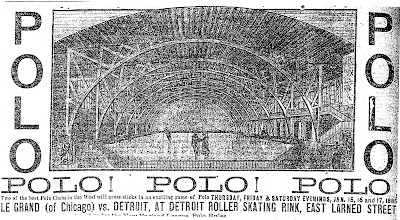The
earliest stones, known as 'loofies', were light in weight, ranging from about
15 to 25 pounds and had no handles, instead there were hollows or niches for
the fingers and thumbs and the stone was presumably meant to be thrown. Early stones were probably in use between
1500 and 1650.
Sometime
in the 17th century the channel stone appeared.
A rough boulder, often taken from the channels or beds of rivers, was
fitted with a handle, making it easier to throw. With the assistance of the handle, a greater
weight of stone could be used. Some
channel stones were enormous, weighing up to 183 pounds, although 35 to 45 were
more normal.
It
was part of the strategy of the game to use large unwieldy stones to knock out
the opponent’s stones. By the mid-18th
century however, an attempt to standardize the game led to the introduction of
the circular stone. The earliest dated
circular stone is from 1772. The single
sole or running surface was highly polished.
These stones had fixed iron handles, or occasionally brass handles. Later, removable handles were developed to
reduce damage during storage and prevent unauthorized use.
Channel Stone on the left. Single Sole - Highly polished on the right.
Where
suitable raw materials were available, there were masons who specialized in
making curling stones. By the mid-19th
century mechanization was producing the highly polished circular stone familiar
to the modern curler. At the same time
attempts were made to produce a running surface to cope adequately with both
'keen' and 'dull' ice. In 1879 J.S.
Russell of the Toronto Club introduced a double-soled stone to cope with this
problem. Today hundreds of identical
stones are produced, accurate to half an ounce and polished to a splendid
uniformity. Few players now have their
own stones, most using those supplied by the ice rinks.
The
most famous source of raw material for stones is Ailsa Craig, a towering
volcanic plug in the Clyde off the Ayrshire coast. It produced Common Ailsa, Blue Hone Ailsa and
Red Hone Ailsa stone. From the late 19th
century until 1952 quarrymen lived on the island during the summer months,
producing between 1000 and 1400 rough blocks per year for shipment to the
mainland. Quarrying ceased temporarily
in 1952. In 1961 the Ailsa Quarrying Co.
Ltd. resumed production.
At
The Club, above the bulletin board, we have a series of photographs showing
Ailsa Craig the birthplace of many of the world’s curling stones. These were taken by DCC member Dr. James V.
Lammy during the 1952 American Curlers’ trip to Scotland.
A curling we will go,
Angus MacT.























